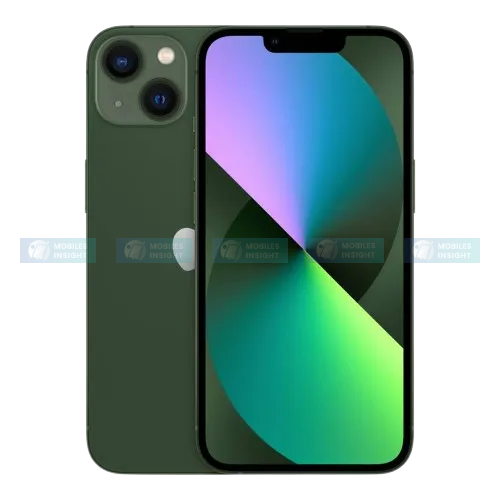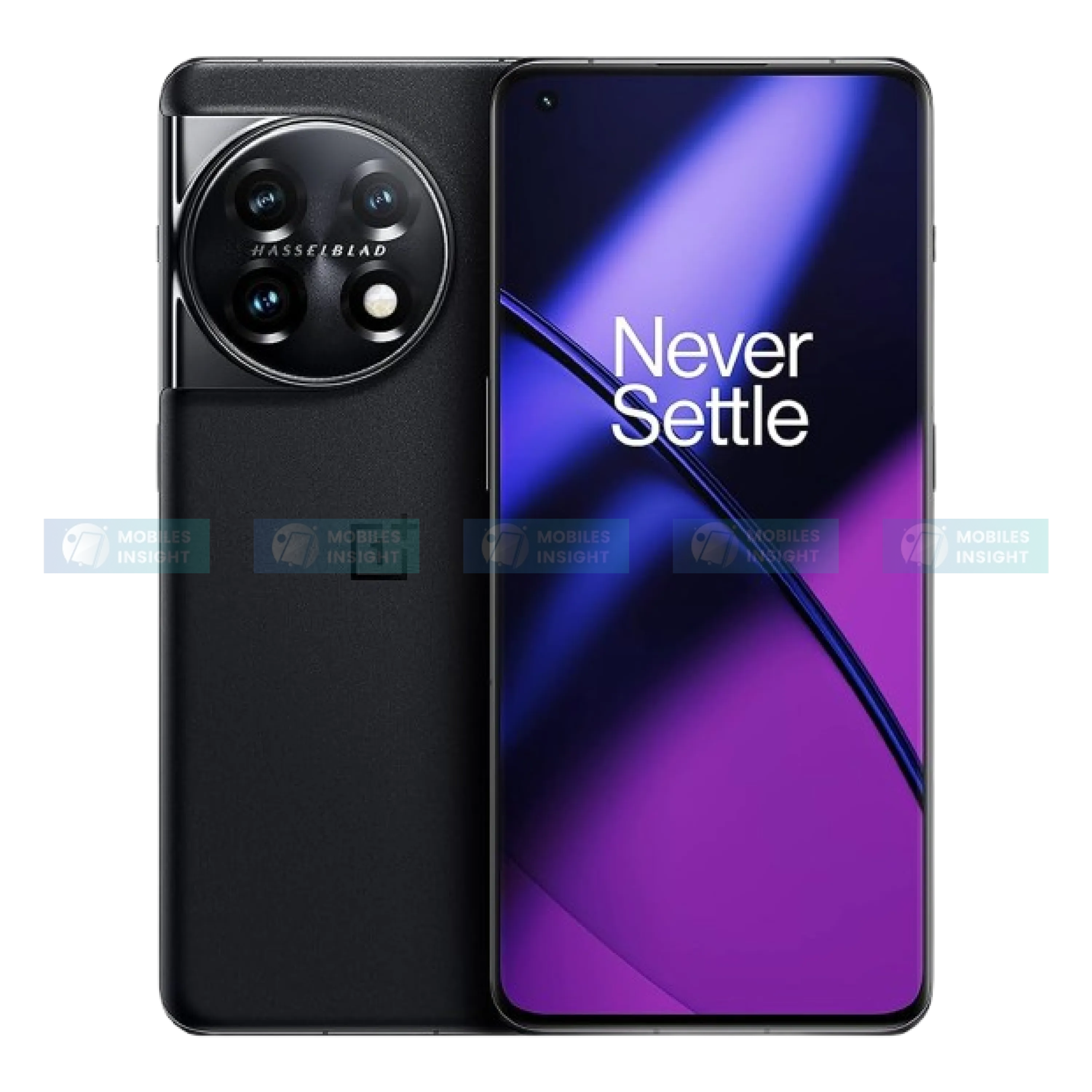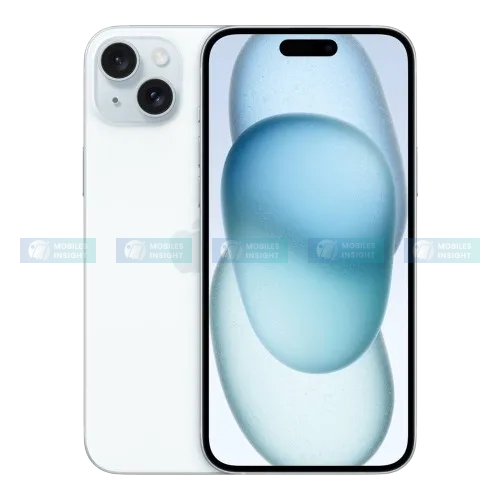
Next-Gen Mobile Display Tech You Need to Know Right Now
The next generation of mobile display technology is changing the way we use our phones. It’s bringing better performance, longer battery life, and a smoother user experience. New types of screens like OLED, AMOLED, microLED, and flexible displays are becoming more common. By mid-2025, features like super-bright XDR Retina Displays, cameras hidden under the screen, and phones with curved edges will be getting more popular.
The Evolution of Mobile Display: From Panels to Experiences
When I first started following mobile display trends in the early 2010s, most of the talk was about screen resolution, like Full HD, QHD, and sometimes even 4K. Now, it’s not just about how sharp the screen looks. It’s about the full experience. Things like smoother scrolling with higher refresh rates, better brightness in sunlight, more accurate colors, less eye strain, and saving battery life are now just as important.
Mobile displays have come a long way from flat LCDs. Today, AMOLED and OLED displays are common in higher-end phones, and even mid-range and some budget phones are getting Super AMOLED screens. That means better colors and deeper blacks are now available to more people, including users in Bangladesh.
We’re also seeing curved displays, which used to be only in expensive flagship smartphones, now in phones under BDT 30,000. On top of that, newer features like LTPO panels (which adjust the refresh rate to save power), under-display fingerprint sensors, and even under-display front cameras are becoming more common in both premium and mid-range devices. Foldable and rollable screens are also getting better and more durable, showing us what the future of mobile displays might look like.
What Are the Most Dominant Mobile Display Technologies Right Now?
Let’s take a look at the main mobile display technologies used in smartphones in 2025:
-
OLED Display: Delivers vibrant colors and true blacks. Common in mid-to-flagship phones.
-
Super AMOLED Display: An improved OLED variant with built-in touch functionality, brighter and thinner.
-
POLED Display: Plastic OLED, commonly used in foldable and curved display phones due to its flexibility.
-
LCD Display: Still used in budget phones; cheaper but less vibrant.
-
XDR Retina Display: Apple’s high-dynamic-range panel that enhances brightness and contrast for pro-grade content.
-
LTPO AMOLED: Enables dynamic refresh rates, boosting battery life in high-end smartphones.
-
MicroLED: The upcoming revolution. Ultra-bright, low power, long life, but still rare and expensive.
-
Curved Display: Found in mid to premium smartphones, offering immersive visuals and edge-to-edge functionality while improving grip and screen interaction.
-
Foldable Display: Built using flexible POLED or UTG glass, allowing phones to transform into tablet-sized devices for multitasking and content consumption.
-
Flexible Display: A broader category that includes both foldable and rollable screens, designed for dynamic form factors and futuristic device designs.
All these technologies are optimized around three pillars: visual quality, power consumption, and display versatility.
Why Are AMOLED and OLED Displays Are Winning the Market?
From my deep look at 2025 smartphone launches, it’s clear that OLED and AMOLED screens are now used in almost all phones except for the very low-budget ones. And that makes sense. These screens show richer colors, feel smoother when scrolling, and save more battery because they don’t need a backlight.
What’s even more exciting is how phone makers are using AMOLED for smart features. Things like Always-On Display, fingerprint sensors under the screen, and brightness that adjusts automatically using AI are only possible because AMOLED can control each pixel separately.
In Bangladesh, phones like the Samsung Galaxy A55 and Realme Narzo 70 Pro, which have AMOLED displays, are now more popular than phones with LCD screens. People are starting to notice the difference. If you compare AMOLED and LCD, it’s like the difference between a simple paper printout and a glossy high-quality magazine photo.
Curved Displays Are More Than Just Eye Candy
Curved displays are no longer just for style. Today’s versions, especially from brands like Vivo, Honor, Xiaomi, and Motorola, use the curve for useful features, not just looks.
You can now get edge lighting for notifications, virtual side buttons, and even touch-sensitive edges that help with multitasking. Some brands are also adding AI-powered screen sensitivity, which improves palm rejection and gives you better control when using apps or playing games.
New technology has also made curved Super AMOLED and POLED screens stronger and more battery-friendly. This is thanks to thinner layers and improved adhesive materials, making these screens both beautiful and durable for everyday use.
Even better, more phones in Bangladesh now offer curved displays. Models like the Honor 90, Motorola Edge 40, Vivo V29 Pro, Xiaomi 13 Lite, and Infinix Zero Ultra all have stylish curved screens and powerful features, with prices between BDT 35,000 and BDT 70,000.
As the tech keeps improving, we’ll see more phones with curved AMOLED screens, high refresh rates, HDR10+ support, and under-display fingerprint sensors. The curved screen is no longer just for looks. It’s now a useful feature that gives you a better, more immersive experience.
Foldable, Rollable, and Transparent Screens: The Future of Mobile Displays
One of the most exciting trends in smartphones right now is the freedom in design. Foldable phones are no longer just test products. Phones like the Samsung Galaxy Z Fold6, Huawei Mate X5, and Oppo Find N5 are now powerful devices made for real work. They use strong POLED or UTG displays that can fold over 400,000 times without losing quality.
Brands are now making foldable screens better for multitasking, using a stylus, and even creating content. Some of the newest foldables use carbon-fiber hinges, which makes them thinner, lighter, and stronger than before.
Rollable displays have also improved. LG first introduced the idea, but now Motorola and Tecno are making phones that roll open either up or sideways depending on what you're doing. These are great for things like reading, gaming, and watching videos.
There are also new ideas coming, like transparent OLED displays. Brands like Samsung and Xiaomi are working on them. These could be used in things like smart glasses, heads-up displays (HUDs), and future wearable tech. Samsung is even testing see-through screens for possible foldable AR phones.
The best part for users in Bangladesh is that foldable phones are becoming more affordable. Phones like the Tecno Phantom V Fold, Infinix Zero Flip, and Blackview HERO 10 bring foldable or flip designs at prices between BDT 65,000 and BDT 85,000. These phones offer big POLED screens, smooth high refresh rates, and top-level performance.
XDR Retina and LTPO Displays: Bright, Smooth, and Battery-Friendly Screens
Apple’s XDR Retina display, used in iPhones and iPads, has changed how screen brightness works. With a peak brightness of 1600 nits and a contrast ratio of over 2 million to 1, it shows rich, cinema-quality visuals even in bright sunlight. This makes it great not only for watching HDR videos but also for taking photos and editing videos outdoors.
What makes the XDR Retina special in 2025 is that it keeps the same bright and accurate colors even during heavy use. This is something content creators and mobile professionals in Bangladesh really appreciate. Apple’s features like ProMotion and True Tone also help provide a smooth and natural viewing experience every day.
On the other hand, LTPO (Low-Temperature Polycrystalline Oxide) display technology is helping save battery life. It lets the screen adjust its refresh rate based on what you're doing. For example, it can go as low as 1Hz for still images and up to 120Hz for fast-moving games or animations. This saves power while keeping everything smooth.
By 2025, LTPO will become very common. Phones like the OnePlus 12R, Samsung Galaxy S24 Ultra, and even mid-range smartphones like the iQOO Neo9 and Redmi K70 Pro now use LTPO screens. These mobile displays are also being used with Super AMOLED and curved screens, which makes them both stylish and useful.
Many brands now add AI to LTPO screens. This helps the phone learn how you use it and adjust the refresh rate to save even more battery. This is very helpful for users in Bangladesh, where saving power is important because of outdoor use and limited charging options.
The combination of XDR Retina and LTPO AMOLED shows how far mobile screens have come. They now offer top-level performance, better battery life, and stunning visuals, making smartphones more powerful and useful than ever before.
Gaming Smartphone Display: Why Screen Quality is Crucial for Mobile Gamers
In 2025, the screen quality of gaming smartphones is very important for serious mobile gamers. It’s not just about fast processors and lots of RAM anymore. A good display helps players react faster, enjoy better visuals, and have a smoother gaming experience.
Most gaming phones now use AMOLED screens with high refresh rates between 120Hz and 165Hz. These screens show smooth movements, rich colors, and deep contrasts, which are great for fast games.
Top gaming phones like the ASUS ROG Phone 8, RedMagic 8S Pro, and Black Shark 5 Pro have curved AMOLED screens that can get very bright. It's over 900 nits and a very fast touch response rate of up to 720Hz. This means gamers see everything clearly and their touches are registered instantly, even when playing outside in bright sunlight, which is common in Bangladesh.
These phones also support HDR10+ for better color and have cooling systems to keep the phone from heating up during long gaming sessions. This helps keep the graphics smooth without lag or screen problems.
For gamers in Bangladesh who want a good experience without spending too much, mid-range phones like the iQOO Neo 7 and Realme GT Neo 3 also offer AMOLED screens with 120Hz refresh rates. This makes playing competitive games easier and more fun.
In short, having the right gaming mobile display can improve your game by making visuals clearer, controls faster, and gameplay more comfortable.
Market Trends: What Bangladeshi Buyers Should Know?
In 2025, the mobile display market in Bangladesh is changing a lot. People now know more and care about screen quality just as much as the camera and battery. Phones with OLED and AMOLED screens are selling the most, especially among young users who watch a lot of videos and play games.
Big brands like Xiaomi, Samsung, Realme, and Infinix are adding more AMOLED phones even in the mid-range price category. This means more people can enjoy better screens without paying too much. Popular phones like the Infinix Zero 30 5G, Samsung Galaxy A35, and Tecno Camon 30 Premier are favorites because their screens are bright, colorful, and use battery power smartly.
Phones with curved screens are getting cheaper too. Models like the Honor 90 and Vivo V29 Pro have curved POLED screens and affordable prices. This lets buyers enjoy stylish designs and better viewing without spending a lot.
LTPO AMOLED screens are also starting to appear in budget-friendly smartphones. These screens save battery by changing the refresh rate based on what you’re doing. More people want displays that are not just good-looking but also easy on the eyes, reduce blue light, and last longer.
Stores say more customers want phones with high refresh rates (from 90Hz up to 165Hz) and HDR support. These features used to be only in expensive phones but now come in phones under BDT 40,000. This is because more people in Bangladesh are gaming and streaming, and they want smooth and colorful screens.
Overall, in 2025, Bangladesh’s mobile display market has better technology, good prices, and more educated buyers. It’s a great time to upgrade to a phone with a better display.
What’s Coming Next in Mobile Display Technology?
Mobile display technology is changing very fast. New ideas in materials, AI, and design are coming together to make screens that are brighter, save more battery, and can adjust better to what you need. Top brands are spending a lot on research to create more flexible, see-through, and interactive screens.
These new technologies won’t just improve screens a little. They will completely change how we use our devices completely. We will see things like foldable screens that open smoothly, sensors hidden under the display, and screens that can recharge a little using light around us.
In Bangladesh, tech lovers and early buyers are already seeing some of these new features in expensive phones. This shows that soon, mobile screens will be more than just displays. They will be part of how we express ourselves and get work done.
-
Tandem OLED: Multi-layer OLEDs for better durability and brightness.
-
Under-panel sensors: Cameras, Face ID, and fingerprint sensors under the screen.
-
AI-powered Display Calibration: Real-time adaptation based on lighting and content.
-
Energy Harvesting Displays: Panels that partially recharge themselves via ambient light.
All of these innovations are expected to reach commercial smartphones by late 2025 or early 2026.
Final Thoughts
I’m sure we are now in the best time for mobile display. Whether you want a phone for gaming, making content, or just everyday use, understanding the screen details can really help you choose better.
For people in Bangladesh, the good news is you don’t have to spend over BDT 100,000 to get a great screen. Even phones priced between BDT 20,000 and 40,000 now come with AMOLED or curved POLED screens, high refresh rates, and HDR.
Choose carefully. Check if the screen features well. Always put the screen quality first instead of fancy but less useful features. The screen is where you see and do everything on your phone.
The Most Common FAQs of Mobile Displays
Q. 1. What type of mobile display is best in 2025?
Ans: In 2025, LTPO AMOLED displays are considered the best due to their ability to dynamically adjust refresh rates from 1Hz to 120Hz or higher, saving battery while delivering smooth visuals. They offer vibrant colors, deep blacks, and are commonly used in flagship and mid-range phones for an optimal balance of performance and efficiency.
Q. 2. What is the difference between AMOLED and OLED displays?
Ans: AMOLED (Active Matrix OLED) is a type of OLED display that uses an active matrix to control individual pixels, enabling faster refresh rates, better power efficiency, and brighter screens. Unlike basic OLED, AMOLED integrates the touch layer directly, making it thinner and ideal for modern smartphones with vibrant colors and deep blacks.
Q. 3. Are curved mobile displays better than flat ones?
Ans: Curved mobile displays offer a more immersive viewing experience and useful edge features like notifications and virtual buttons. Thanks to advances in POLED and Super AMOLED tech, they’re now more durable and energy-efficient. While mostly a design choice, curved screens also improve grip and multitasking without compromising display quality.
Q. 4. What is XDR Retina Display and how is it different from Super AMOLED?
Ans: XDR Retina Display, developed by Apple, offers ultra-high brightness (up to 1600 nits), exceptional contrast (over 2 million:1), and true-to-life colors, ideal for HDR content and outdoor use. Unlike Super AMOLED, which uses self-emissive pixels for vibrant colors and deep blacks, XDR Retina focuses on professional-grade color accuracy and extreme brightness levels.
Q. 5. How do foldable and rollable mobile displays work?
Ans: Foldable and rollable mobile displays use flexible OLED or POLED panels that can bend without breaking. Advanced materials like ultra-thin glass (UTG) and durable polymers allow the screen to fold or roll smoothly. This technology enables larger, tablet-sized screens in compact phones, improving multitasking and media viewing.
Q. 6: What are under-display cameras and are they reliable?
Ans: Under-display cameras (UDCs) are front-facing cameras hidden beneath the screen, allowing for a full, uninterrupted display. In 2025, UDC technology has improved significantly with better image clarity and reduced screen distortion, making them more reliable for selfies and video calls. Basically it is used in flagship and some mid-range phones globally, including models available in Bangladesh.
Popular Phone Reviews

Samsung Galaxy A70 Review: Features, Performance, and Value Insights

Apple iPhone 16 Pro Max Review: Features, Performance, and Value Insights

Apple iPhone 12 Pro Max Review: Features, Performance, and Value Insights

Xiaomi Redmi 12 Review: Features, Performance, and Value Insights






